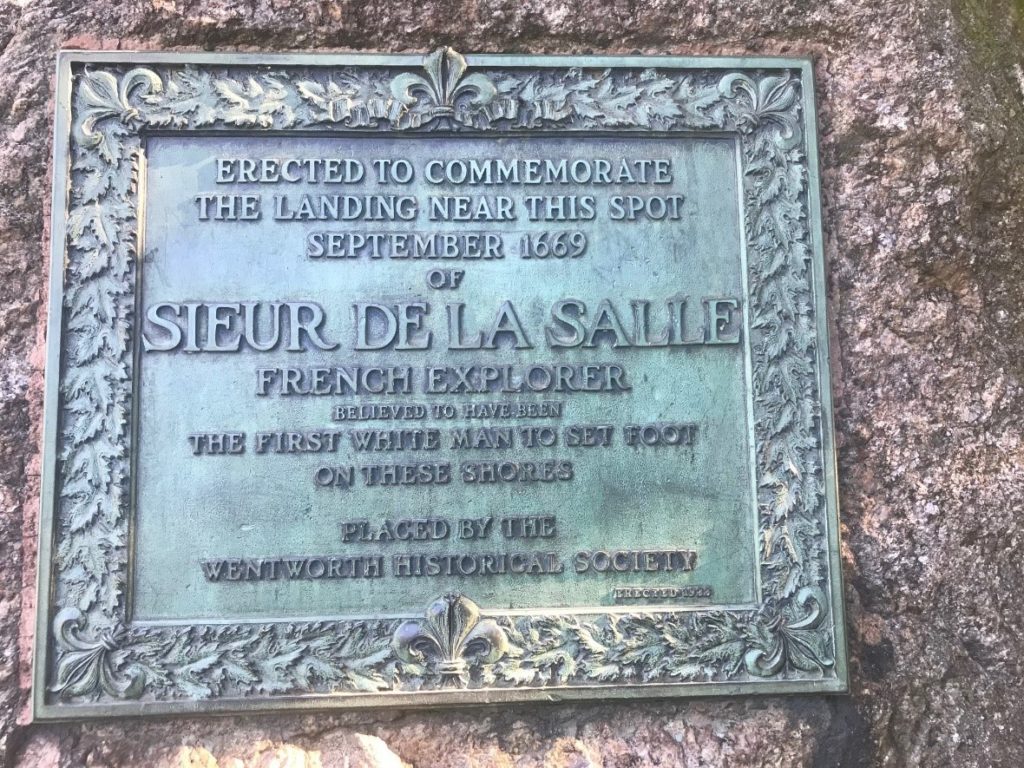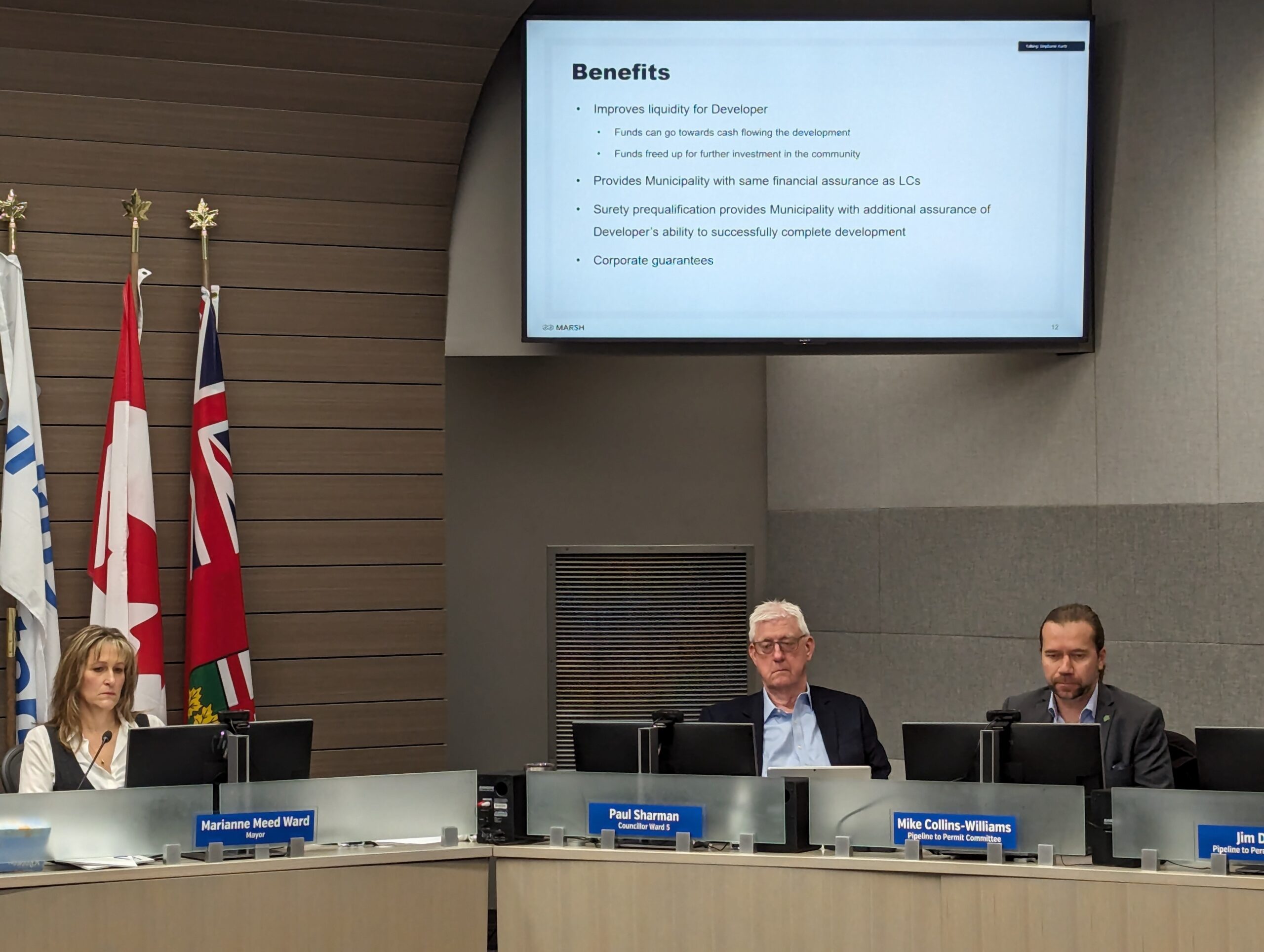The City of Burlington will not be removing a controversial historic plaque from LaSalle Park.
City staff have accepted a recommendation from the Inclusivity Advisory Committee that the plaque “remain in its current location to preserve the history of our community.”
The plaque became an issue last year when a citizen complained about its reference to Sieur de La Salle as “The First White Man to Set Foot on These Shores.” City staff initially recommended that the plaque be removed, not only because of its wording but also because of its isolated location in the park.
Following discussion at the Heritage Committee meeting, news of the decision resulted in a great deal of public opposition on social media. The Heritage Committee referred the issue to the Inclusivity Committee.
According to the minutes of the Inclusivity Committee, which met before Christmas of 2020, part of the concern was related to the Black Lives Matter movement.
“In June 2020, a resident reached out to the Mayor’s office and Councillor Galbraith’s office to ask about the plaque and raised concern about its contents, particularly in light of the Black Lives Matter movement. The plaque commemorates the first white person to set foot on these shores.”
The minutes go on to offer a variety of observations about the issue including: the term “white” is not offensive, there is no evidence that La Salle was a bad person, and the plaque is a beautiful piece of art.
The committee discussed but rejected the idea of an additional plaque explaining that similar language would not be used today.
The plaque was installed in 1923 by the then-Wentworth Historical Society.
According to the Burlington history book Pathway to Skyway, by Claire Emery and Barbara Ford, “LaSalle and the Sulpicians had been coming up the St. Lawrence and along the shore of Lake Ontario from the east. They had landed where La Salle Park is now and had proceeded north to the Indian village, located near the present village of Westover.”




